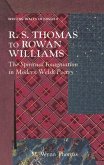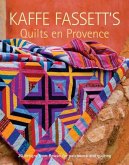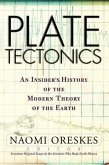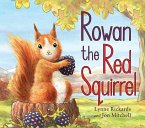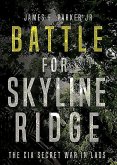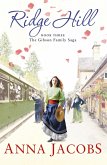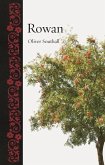Poetry - On place All my life I have had a strong affinity for the rivers and hills of Mid-Wales' borderland. Sometimes I played with other children but, at the age of two, my best friend was the Pinsley stream which flowed past our house and, at that time, on through the centre of Leominster town. Street games with their rules, requirements to conform and domination by older kids weren't as exciting as going exploring upstream. The stream was a gentler, much more generous, companion which introduced me to a myriad of creatures and plants. I felt a close kinship with nature and seldom wanted to go indoors or into town. I learned to read the river: safe shallows and shingles, the treachery of silt and still deeps. When I had to start school I suffered terrible separation anxiety. A sand tray and plasticine were poor substitutes for mud and cow pats. It took me a long time to acclimatise to captivity and human-only company. Though I did make friends, I was delighted to get back to the river, the frogs, mayflies and moorhens. As I grew, Mum became increasingly housebound so I found myself becoming her scout reporting on everything I saw on my explorations. My territory was also her childhood territory. She helped me to identify places to visit, and she created a love of observing and naming birds and wild flowers. Her father took her upstream when he fished the Pinsley and Lugg and I shared his passion for water meadows. My aunt once said to my mother, "Do you think she's our dad come back to us?" I longed to be able to fish like him but no one left in the family had any expertise. Occasionally I was given a brown trout or grayling to cheer Mum up. My father came from Germany and whenever we visited I got very homesick. That was watery border country too but indistinguishable from Holland: flat and ruled by straight roads, straight trees and dykes. The best bits were playing with my cousins on bomb sites under cover of wild spinach and rose bay willowherb. I craved the hills, meanders, twisting hedges and broken-backed willows of home. When we were travelling home in 1963, Dad read Beeching's railway cuts aloud from the paper. The Leominster-to-Kington line that ran past us was to go. I was 7 and panicked. I thought we'd never get home and I'd have to live in a flat, intensively plotted, place. I pined in anticipation of the loss of wildness and the suffocating weight of sky in the absence of hills. Even Herefordshire began to feel too low-lying and farmed. Town was encroaching on country. If there was a chance of a rare car trip I always wanted to go west to the Radnor Forest, to Knighton and Presteigne, places imbued with stories of grandfather as a boy staying up all night in Stapleton Castle to stalk its ghost; sometimes we visited grandmother's childhood homes in the hills around Bishops Castle and at the back of the Long Mynd. Topography talked to me. I loved the rounded, unenclosed hills of bilberry and bracken and hiding in secret cwms. On the way to Barmouth when I was nine, we travelled the hill road from Knighton to Newtown. I made my uncle stop the car on the moors by Cilfaesty Hill, near the source of the Teme and was enthralled. As we dipped down past the then derelict Cider House, on the back of Kerry hill, at the place I now think of as Rowan Ridge, I spotted a raven leaning into the north and knew, instantly, that I wanted to live nearby. Chris Kinsey, 2019
Hinweis: Dieser Artikel kann nur an eine deutsche Lieferadresse ausgeliefert werden.
Hinweis: Dieser Artikel kann nur an eine deutsche Lieferadresse ausgeliefert werden.


